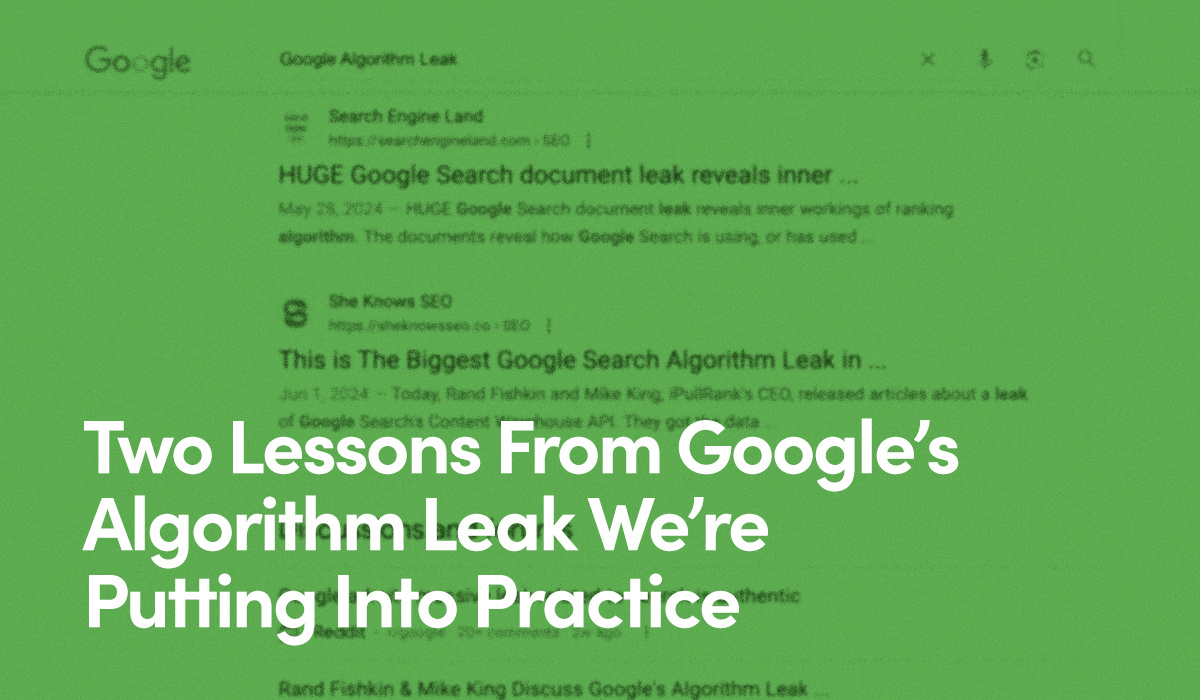Content marketing is essential to informing your target audience about your products and services, and converting leads into loyal customers. It entails engineering and distributing valuable and relevant content to attract, engage, and delight prospects.
This helpful guide explores several components of an effective content marketing strategy, and how businesses can use it to achieve their goals.
Understanding Your Audience
The first step in creating a successful content marketing strategy is to identify your target audience and create buyer personas representing your ideal customers. This demands a clear understanding of their needs, preferences, and behaviors.
With this information, tailor personalized and relevant campaigns that speak to these individual subsets. Meaningfully address pain points, challenges, and goals.
Ways to do this include:
- Conduct Surveys & Interviews: These give you valuable feedback directly from your target audience.
- Research Industry Trends: Staying up to date can help you identify common problems experienced by your target audience and inform content that provides meaningful solutions.
- Analyze Customer Feedback & Reviews: Doing so will help you understand what your audience likes and dislikes about your products or services, and any related problems they face.
Defining Your Content Strategy
There are essentially two main types of popular marketing methodologies to employ: There’s the old way of doing things, called outbound, which among other tactics involves blindly sending mailers to people’s homes in the hopes of producing a response, and then there’s inbound, which, in an ever-increasingly online world, weaponizes useful digital content targeting very specific prospects to attract and convert.
This includes blogs, white papers, emails, videos, social media posts, and more.
Yet there’s no point in conducting all the research above to produce generic content. All your content should:
- Be written with a specific persona in mind
- Be absolutely crystal clear about the problem it is solving for the prospect/customer
- Meet the target audience at the appropriate stage of their journey
This demands thoughtful consideration of exactly where each prospect is along their buyer’s journey—their paths to making a purchase, consisting of the awareness, consideration, and decision stages—and along the customer journey, which pertains to where your brand resides within these.
Conducting customer journey mapping is critical. This entails outlining in chronological order key moments for interactions, aka “touch points,” between your company and a customer. Doing so helps pinpoint precise opportunities for you to help enhance customers’ experiences, boost perception of your brand, and influence their decisions.
Examples include social media posts, digital marketing campaigns, product reviews, thank you letters, and feedback surveys, among others.
Other important considerations to be mindful of, overall, include:
- Defining Your Brand's Voice & Tone: This is the first step in creating a successful content strategy. Your brand's voice is its personality and style, while tone is the emotional quality of your messaging. It's important to ensure these align.
- Utilizing Effective Formats: Once you’ve defined your brand's voice and tone, decide on the formats that best suit your audience. There are multiple to choose from, including blog posts, videos, social media, email newsletters, and more. Each has its strengths and weaknesses, and it's important to select those that best align with your brand's messaging and audience.
- Establishing a Content Calendar: Creating this is a crucial step in keeping your strategy organized and on track. Outline topics, formats, channels, and publication dates. This helps ensure your content is distributed evenly across all channels, and your messaging is consistent.
All of the above help to engage your audience, build your brand, and drive success.
Creating Compelling Content
There is a long list of useful research, design, and analytics tools to help you in your quest toward content marketing success. Additionally, write useful headlines, craft engaging introductions, employ storytelling, and incorporate multimedia.
Here are some tips to help:
- Headlines: Include keywords and phrases important to your overall campaign.
- Introductions: Start with an interesting fact, anecdote, or question that hooks readers and sets the tone for the rest of the piece. Be conversational and relatable. Clearly state the purpose of the content and how it will benefit them.
- Storytelling: Describe a journey or transformation, and highlight how your products or services help a prospective customer solve a particular problem they’re experiencing.
- Multimedia: Additionally utilizing images, infographics, and videos to portray your content enhances engagement and breathes new life into facts and figures that users may otherwise find static or boring. Multimedia elements also break up bulk text and add depth.
The above advice helps capture readers’ attention, engage, and leave lasting impressions.
Transform Your Marketing With Strategic Content
Ready to Convert More Leads Into Loyal Customers?
Discover Our Content Engineering Expertise arrow_forwardPromoting Your Content & Measuring Success
Developing an effective promotional strategy is essential to amplifying your messaging, and reach. Outline how you will distribute your products or services to your target audience. This entails identifying the most effective channels to reach your audience, developing messaging that resonates with them, and executing tactics that encourage them to take action.
Utilize social media to share your content and build relationships. Measuring success is also crucial in helping you to refine your strategy to achieve the best results.
Here are several key performance indicators (KPIs) to track:
- Website Traffic monitors the number of site visitors, page views, and bounce rates
- Engagement Metrics such as likes, shares, comments, and click-through rates
- Conversion Rates, such as the number of leads or sales generated from your content
- Social Media Metrics, such as growth, reach and engagement
Optimizing Your Content for SEO
Search engine optimization (SEO) is crucial in ensuring your content is visible to your target audience and ranking in search engine results pages (SERPs). The ultimate goal is to increase organic traffic to a website and drive more leads, sales, and conversions. Conducting keyword research, incorporating this into your content, optimizing meta tags and descriptions, and building backlinks are several effective techniques.
Backlinking, in particular, helps:
- Improve Search Engine Rankings: Backlinks signal to search engines that your website is credible and authoritative. When other reputable websites link to your site, it sends a message that your content is valuable, resulting in improved rankings.
- Increase Website Traffic: Backlinks can also drive traffic to your website. When others link to your content, their visitors may click through to your site, increasing your website traffic.
- Enhance Brand Authority: Backlinks from authoritative websites help establish your brand as a credible and trustworthy source of information in your industry. This improves your reputation and enhances your authority in the eyes of both search engines and potential customers.
- Faster Indexing: Search engines use backlinks to discover new web pages and content. When other websites link to your site, search engines can quickly crawl and index your pages, helping your website appear in search results faster.
- Competitive Edge: A robust backlink portfolio enhances your SEO efforts and increases your chances of ranking higher in search engine results pages (SERPs).
Takeaways for a Successful Content Marketing Strategy
Creating a successful content marketing strategy requires a thorough understanding of your audience, clear goals and objectives, compelling content, SEO optimization, and effective promotion.
Valuable and engaging content that solves your target audience’s problems helps establish your brand as an authority, build brand awareness, and generate leads and conversions.




